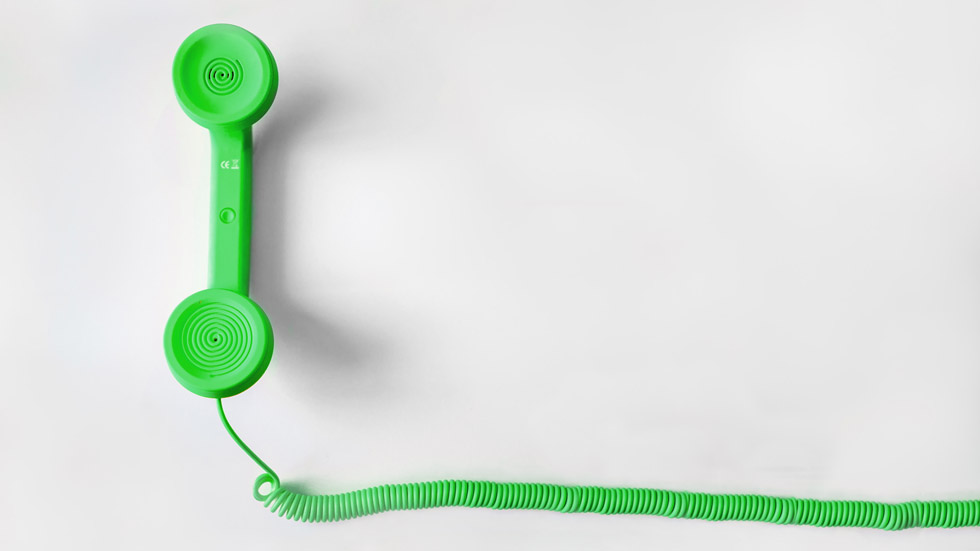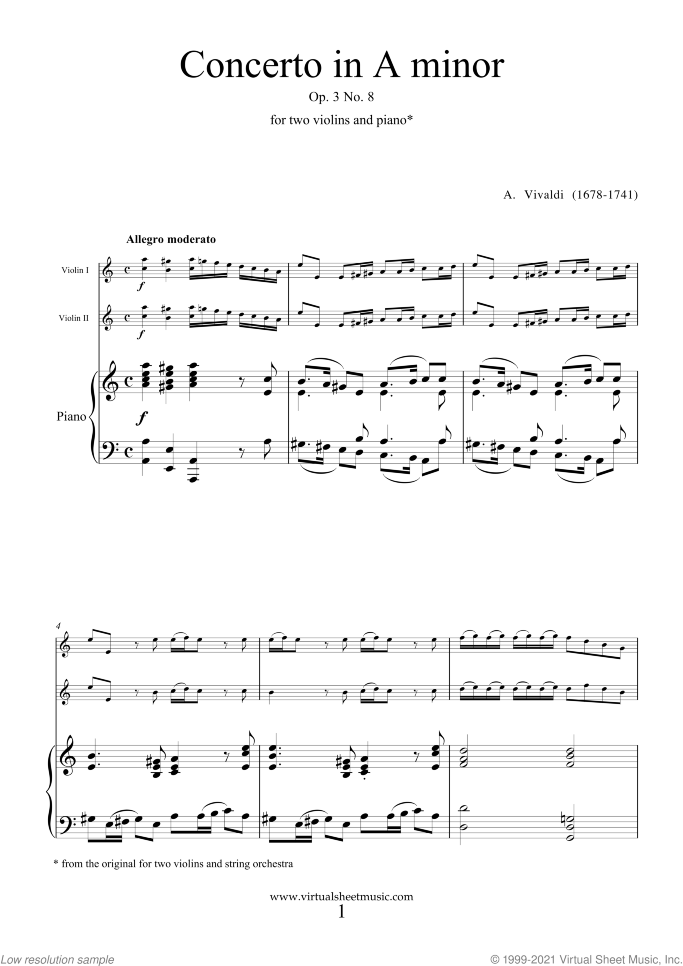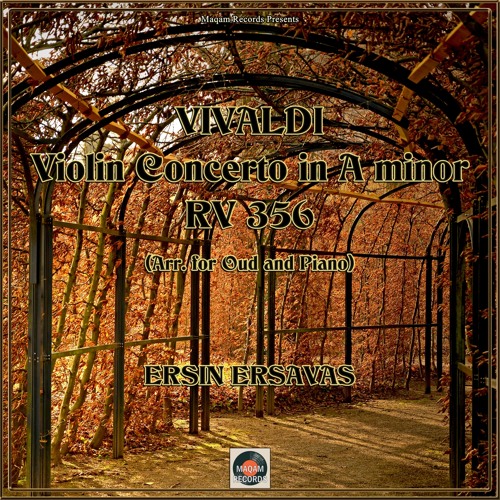Download and Print top quality Concerto in A minor Op.3 No.6, 1st sheet music for violin and piano by Antonio Vivaldi with Mp3 music accompaniment tracks. High-Quality and Interactive, Transpose it in any key, change the tempo, easy play & practice. Concerto for 2 Violins in A minor, RV 522 (Vivaldi, Antonio). Vivaldi: Concerto in A Minor 3rd mvt: Vivaldi: The Four Seasons Summer, First Movement Theme.
“In 1711, Etienne Roger, the Amsterdam publisher, brought out what was to become the most influential music publication of the first half of the 18th century: Vivaldi’s L’estro armonico, Op. 3,” writes Michael Talbot, biographer of Antonio Vivaldi. Certainly, these 12 concertos for one, two, three, or four violins became widely known during their first years of publication. J.S. Bach knew them, and he transcribed six of them for organ or keyboard, one of which is this A-minor Concerto for two violins, strings, and basso continuo.
Vivaldi’s fast movements are famous for dash and verve, and the opening Allegro of this work is no exception. Add to that the catchiness of the themes, and you have the recipe that has fascinated listeners from J.S. Bach to our time. In the solo parts, Vivaldi gives us just the right balance between beauty and virtuosic display. Pass the phrase.
The Larghetto, too, is quintessentially Vivaldi. Like bookends, the full orchestra’s statements at the beginning and end enclose the soloists’ vocal-inspired melodiousness. Zsmc usb pc camera. The “bookends” consist merely of a brief bass line, which becomes a repeated cycle over which the soloists spin out free variations.
In the Presto finale, orchestra and soloists work together closely to give us a movement based on a multi-part ritornello theme. It all fits tightly together, with snippets of the theme launching brilliant passages from the soloists, until the close — which will leave many of us hungry for more.
“In 1711, Etienne Roger, the Amsterdam publisher, brought out what was to become the most influential music publication of the first half of the 18th century: Vivaldi’s L’estro armonico, Op. 3,” writes Michael Talbot, biographer of Antonio Vivaldi. Certainly, these 12 concertos for one, two, three, or four violins became widely known during their first years of publication. J.S. Bach knew them, and he transcribed six of them for organ or keyboard, one of which is this A-minor Concerto for two violins, strings, and basso continuo.
Vivaldi’s fast movements are famous for dash and verve, and the opening Allegro of this work is no exception. Add to that the catchiness of the themes, and you have the recipe that has fascinated listeners from J.S. Bach to our time. In the solo parts, Vivaldi gives us just the right balance between beauty and virtuosic display.


Vivaldi Violin Concerto A Minor

The Larghetto, too, is quintessentially Vivaldi. Like bookends, the full orchestra’s statements at the beginning and end enclose the soloists’ vocal-inspired melodiousness. The “bookends” consist merely of a brief bass line, which becomes a repeated cycle over which the soloists spin out free variations.
Vivaldi Bassoon Concerto In A Minor
In the Presto finale, orchestra and soloists work together closely to give us a movement based on a multi-part ritornello theme. It all fits tightly together, with snippets of the theme launching brilliant passages from the soloists, until the close — which will leave many of us hungry for more.


